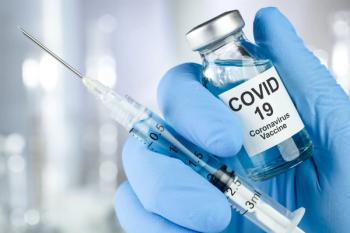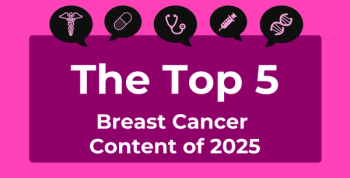
No States Reported a Decline in the Uninsured Rate From 2016 to 2017
Surveys collected as part of the Gallup-Sharecare Well-Being Index found that the uninsured rate increased significantly in 17 states from 2016 to 2017. At the same time, no states reported statistically significant decreases in the uninsured rate. This is the first time since the implementation of the Affordable Care Act that states have reported increases in the uninsured rate.
For the first time since the full implementation of the Affordable Care Act (ACA), states are reporting increases in the uninsured rate,
The Gallup-Sharecare Well-Being Index asked more than 160,000 adults in all 50 states and the District of Columbia the question, “Do you have health insurance coverage?” The surveys were conducted between January and December 2017.
Overall, the country’s uninsured rate rose to 12.2% in the last quarter of 2017, up from 10.9% a year earlier. A total of 17 states had meaningful increases in the uninsured rates with Hawaii, Iowa, New Mexico, and West Virginia reporting increases of at least 3 percentage points.
The majority of the states that saw significant increases (10 of 17) have expanded Medicaid. In the past, states that expanded Medicaid saw the largest decreases in their uninsured rates, but the new results show that expanding the program has not protected against coverage loses in 2017. However, in general, states that did not expand Medicaid still have a higher overall uninsured rate (9.1% in expansion states vs 15.9% in non-expansion states).
A
Trends for the states with the highest and lowest uninsured rates remained the same with Massachusetts reporting the lowest rate nationally for the 10th year in a row at 4% and Texas reporting the highest rate for the 10th consecutive year at 22.5%. States in the South and the Southwest have the highest uninsured rates.
Gallup highlighted a few factors that may have caused the uninsured rate to increase:
- Increase in insurance premiums for the more popular ACA insurance plans
- Less marketing and a shorter enrollment period
- Insurers have withdrawn from the exchanges, leaving less competition
- Political forces such as attempts to repeal and replace the ACA, the elimination of the individual mandate, and the decision to end cost-sharing reduction payments
Gallup’s findings come just a week after
Newsletter
Stay ahead of policy, cost, and value—subscribe to AJMC for expert insights at the intersection of clinical care and health economics.









































